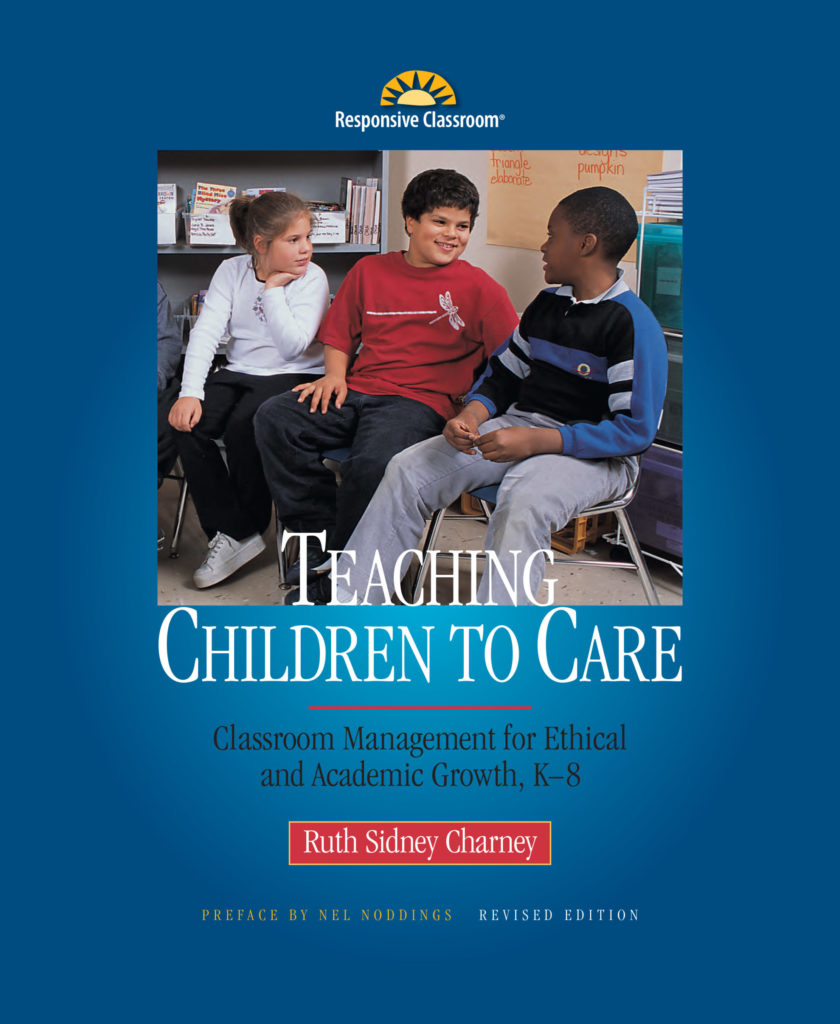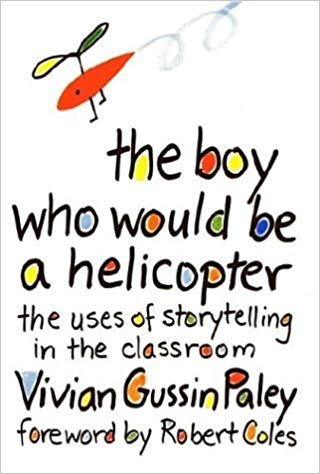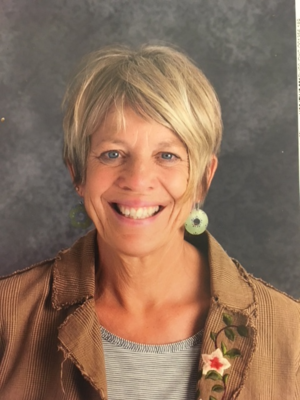It’s time to let the wholeness of the child engage with the wholeness of the world.
WHAT IS
AND HOW DOES IT WORK?
To the extent that we narrow the purpose of schooling to what can be measured, we fail to
engage those sides of children that must be developed in order for them to pull learning
from life. We also increase the likelihood that
they will be bored, question the value of school,
and in some cases even drop out.
Instead of starting with the questions “How do we prepare kids to compete in the 21st century
global marketplace?” or “What will insure that graduates all have command of basic skills?”,
suppose we start by asking what qualities we want to encourage in children as they grow toward
adulthood.
Putney Central School
Putney, Vermont
A beautiful rural school with forest classrooms in Putney, Vermont
Guilford Elementary
Guilford, VT
Guilford Central has an outdoor classroom for every grade level, pre-K through 6. Students engage in a farm to school program, learning about nutrition, and spend a large part of every day outdoors.
OUR
RESOURCES
Educate the Whole Child expects to offer a graduate level 12-credit certificate–Teaching the Whole Child. It will consist of four online courses that may be taken as a series or independently. See details here.

Teaching Children to Care
Many practical suggestions for social and emotional development can be found in Teaching Children to Care, revised edition. Author Ruth Sidney Charney was co-founder of the Center for Responsive Schools.
Learn More
Vivian Gussin Paley
Discussions of play-based learning can be found in the works of Vivian Gussin Paley, notably in books such as The Boy Who Would be a Helicopter and a Child’s Work: The Importance of Fantasy Play.
Learn More